In the hustle-and-bustle of everyday life, fibres and textiles are rarely front-of-mind. Thinking about how most of the things we use are made, where they come from, and the environmental impact of their manufacturing process is a task we usually place firmly on the “I’ll get to it later” pile, where it gathers dust for the rest of our foreseeable lives.
Focus is increasing on our purchasing choices and their consequences on the environment. Often overlooked, examining what textiles we purchase and from where is a significant area where we can do a world of good for our waterways, forests, and communities.
— Bailey PymanUnfortunately, with the obvious climate crisis at the forefront of most public and political discussion due to its increasing severity and decreasing window for repair, each of us needs to consider how our purchases shape the future of the planet.
One of the biggest areas to consider is our use of textiles and fibres, specifically the choice of hemp vs cotton vs polyester.
What Fabrics Are Used Today?
In safe and developed societies, most of us wake up in beds and sheets made from textiles and fibres. In addition to the fashion industry, bedding and furnishing make up a significant portion of textile manufacturing demand.

The two most common textiles and fabrics manufactured today are cotton and polyester.
We know them well. We see them on our clothing tags and washing instructions regularly. They go into our sheets, duvets and pyjamas.
What most people don’t know, however, is the significant ecological impact both fabrics have on our waterways, forests, and atmosphere.

To find out exactly how cotton and polyester are harming both the planet and the people, as well as how we can fix it with hemp as an alternative, read on. You (and your wallet) have the power to make a difference. Plus, you end up comfier doing so, because yes, we believe hemp really is better than cotton.
Why Do We Use Cotton And Polyster?
To put it simply, cotton and polyester are relatively cheap and easy to produce from a manufacturing viewpoint (not an ecological one).
Polyester is a synthetic fibre that is derived from oil.
Yes, oil.
Additionally, it is made from a chemical process that includes coal. Also, not good.
Now you may be wondering “surely a textile made from oil and coal would not be a popular textile in an ecological crisis”, and that would be very reasonable of you.
Unfortunately, polyester is the world’s most commonly used fibre, with its relative cheapness fuelling the rise of fast fashion.
So, what about cotton? It’s a natural fabric, so surely it must be better for the environment?
Sadly not.
People tend to feel quite good about cotton, it’s one of the oldest fabrics still being used widely. It grows in the ground, so people tend to assume it isn’t too bad for the world. Unfortunately, modern industrial cotton manufacturing practices are fuelled by an enormous demand to produce huge amounts of cotton, cheaply. As a result, the process involves harmful chemicals, land degradation, and labour exploitation.
Water Usage In Hemp Vs Cotton
To put it bluntly, cotton production uses an obscene amount of water. 10,000 litres of water are needed to produce 1kg of cotton.
Globally, this amounts to 250 billion tonnes of water used in cotton production worldwide.
Even producing one single cotton t-shirt uses 2700 litres of water on average.
2700 litres. One t-shirt.
Cotton sheets and duvets use up even more.
This huge demand for water means that, in many countries (including Australia), lobbying from the cotton industry results in poor irrigation laws that allow cotton corporations to divert huge amounts of water towards their production sites and away from other farmers. Often this results in rivers and lakes drying up, sometimes never to be recovered, and has a horrendous impact on the natural environment.
Not only this, cotton uses 25% of pesticides globally despite making up 2% of cultivated land. Runoff pesticides and synthetic fertilisers used in cotton production pollute waterways, ruining natural ecosystems and making local people very sick.

So how about polyester? Being synthetic, it tends to use less water than natural fibres in terms of production. However, factories that produce polyester release dangerous substances such as antimony, cobalt, sodium bromide and titanium dioxide into waterways as runoff from the production process.
Furthermore, when washed, polyester releases microplastic fibres into waterways and oceans. Studies show that fish and other aquatic animals ingest these microplastics, which affects their health and increases the toxicity of the biosphere. 
How does hemp compare to cotton in terms of water consumption?
Being a rotational crop, hemp uses no pesticides and only uses one third of the water of cotton, while giving 220% more fabric output. It is a far more efficient and environmentally friendly fabric.

Is Hemp More Sustainable Than Cotton?
The previously mentioned pesticides, synthetic fertilisers and chemicals in cotton production don’t just pollute waterways, but also soil.
Soil degradation results in less fertile and more toxic land. This leads to losses of forest, natural habitat, and productive farmland.
Additionally, cotton production emits 220 million tonnes of carbon dioxide (CO2) annually. Every single year.
Polyester is not much better. It requires an enormous amount of energy to produce. It is an incredibly high-impact process, with 125 MJ of energy used for every 1kg of polyester produced.
Current predictions have polyester production using more than a quarter (26% to be precise) of the world’s carbon budget by 2050. The carbon emissions alone have significant environmental impacts on ecosystems and wildlife.
Additionally, polyester is non-biodegradable. When it is thrown out, it ends up in landfill where it can remain for hundreds of years. Even when it breaks down, it turns into the aforementioned microplastics that spread everywhere.

How is hemp sustainable?
During the farming process, the entire hemp crop can be utilised. Farmers harvest the fibre from the stalk and use the leaves as fertiliser to be ploughed back into the soil. So, farming hemp not only produces a great natural fibre, but it also replenishes the soil fertility to help grow even more crops.
When grown in ideal conditions, hemp farms have almost no need for pesticides as the crop is resistant to many insects and disease. It is also a plant with a deep root system and a quick growth season (it can normally grow to maturity in three or four months), which allows for more aeration and less damage to the soil than cotton.
Impact On People - Hemp Vs Cotton
Is Hemp Fabric Sustainable?
Due to the structure of the plant, hemp requires far less land to produce crops than cotton. It’s also fast growing. These two factors combined mean that hemp farmers can grow larger amounts of hemp than cotton on the same land without depleting the soil.
Is Cotton And Polyster Sustainable?
The environmental impacts from cotton and polyester production come at a significant human cost.
The devastation cotton production wrecks on the environment significantly impacts farmers, often in developing areas.
Groundwater pollution results in poor health for many locals who live near cotton farms.
Remember those microplastic from polyester that seep into waterways? Fish inadvertently consume them, and then humans sometimes eat those fish, negatively impacting human health as our microplastic intake increases. The entire food chain is compromised.
Food farmers also see diminished crops and yields due to the soil degradation caused by runoff from pesticides and fertilisers used in cotton production, as well as wastage from polyester factories. This contributes to poverty in many areas.
Cotton production also has significant social impacts. It is notorious for regularly being found guilty of using child and forced labour in its murky production processes in developing countries, where most of the world’s cotton comes from.
What Are The Social Impacts Of Hemp?
There are countless uses for hemp. Hemp can be used as fabric for clothing, sheets, and furniture. Hemp soil and hemp seeds are often used medicinally and in beauty and cosmetic products. It can also be used as paper, building materials, paints, ink, the list goes on. The many uses of hemp brings great market value to the crop and allows more industries to employ more people to reap it’s benefits.
Why Is Hemp Better Than Cotton?
Money makes the world go round. Today, more people are realising the impact they can have on the world through what they purchase and hat they don’t.
Supply must always equal demand. If we want to reduce the supply of textiles like cotton and polyester, and the negative ecological and social impacts they wreak on the world, we must reduce demand.
That means avoiding purchasing harmful textiles where possible, and using our money elsewhere.
Hemp is arguably the best alternative to these harmful fabrics.

As discussed previously, hemp is better on the waterways, the land, and our society.
Not only that, but it is also super useful. It conducts heat, resists mildew, and dyes and blends easily with other fabrics. It’s anti-bacterial, breathable and insulates well.
It is perfect for bedding.
Hemp bed sheets are more breathable and absorbent than cotton and will keep you warm in winter and cool in summer.
Are hemp sheets comfortable? Hemp bed linen become softer and smoother with every wash, so you’ll look forward to sliding into bed every night. Check out some of our products here below!
So...The Bottom Line?
At Jo Dope, we are extremely motivated to do something about the impacts of cotton and polyester on our world. Hemp is our ticket out.
Are hemp sheets soft? Is hemp stronger than cotton? Is hemp more durable than cotton? The answer is a resounding “Yes!”. Hemp sheets are comfy, hygienic and 100% biodegradable sustainably made bedding that is good for people and the planet.
A huge shift is needed to move away from cotton and polyester and towards more sustainable and socially friendly textiles, such as hemp. If we do, we will have better waterways, healthier ecosystems, and happier people.
Shop our range of hemp bedding on our website and see the benefits hemp can offer you and your planet!
References
- https://www.commonobjective.co/article/fibre-briefing-polyester#:~:text=Pollution%20is%20also%20a%20problem,not%20biodegrade%20like%20natural%20fibres
- https://www.theworldcounts.com/challenges/consumption/clothing/cotton-farming-water-consumption
- https://business-ethics.com/2010/08/07/1438-the-bad-side-of-cotton/
- https://www.worldwildlife.org/industries/cotton
- https://www.thoughtco.com/the-environmental-costs-of-cotton-4076783
- https://www.tortoiseandladygrey.com/2014/09/01/textile-review-the-environmental-impacts-of-cotton/
- https://cfda.com/resources/materials/detail/hemp
- https://wayofleaf.com/hemp/hemp-vs-cotton-the-future-of-clothing<
- https://wamaunderwear.com/blogs/news/hemp-vs-cotton

Written By Oscar Langoulant
Founder/Owner of JoDope.com
Driven by a passion for hemp's potential in sustainable bedding, Oscar, alongside Jess, champions ethical manufacturing with JoDope.com. Their mission is to leverage hemp's superior sustainability to revolutionize the bedding industry.
Read More »»

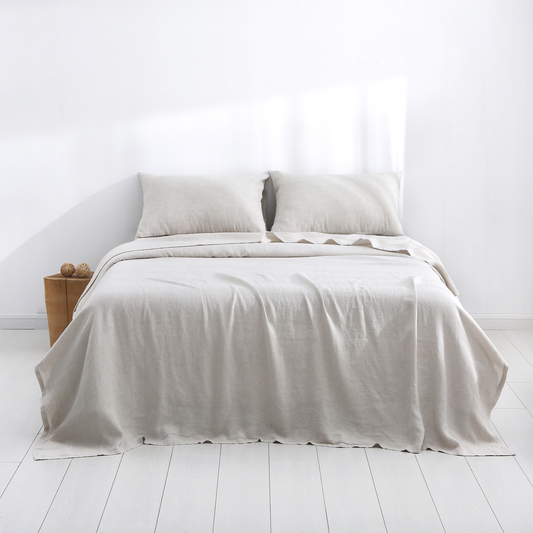
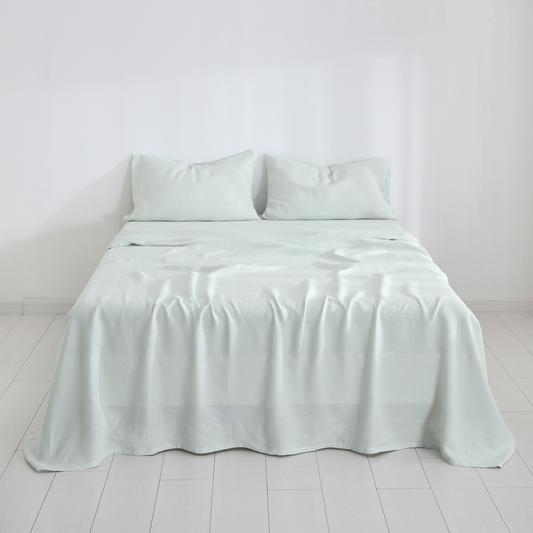
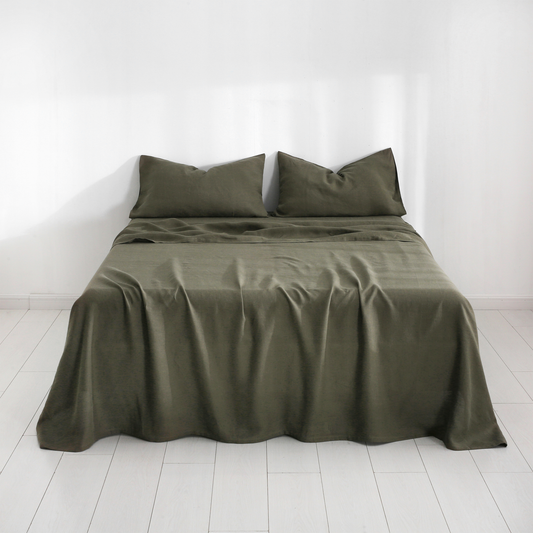

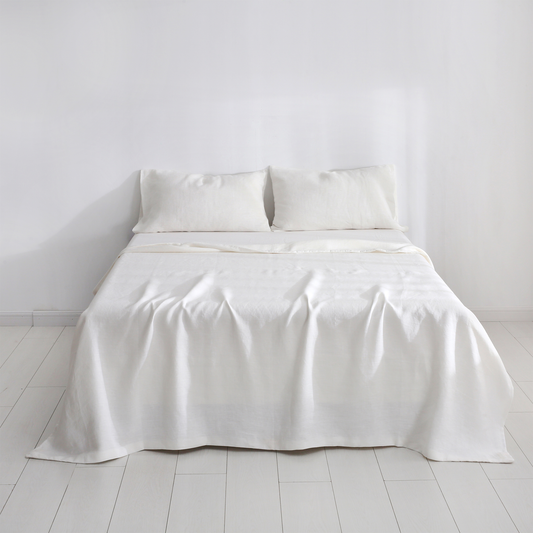


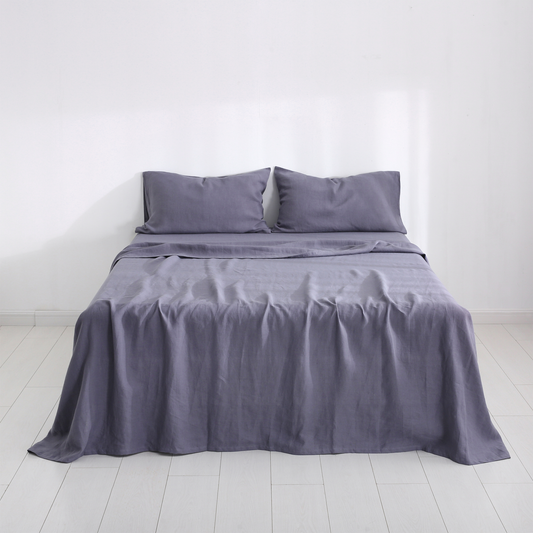
1 comment
This article provides a compelling comparison between hemp, cotton, and polyester, highlighting the environmental impact of each. It’s a wake-up call to reconsider our textile choices and opt for more sustainable options like hemp. A great read for anyone interested in eco-friendly living!
If you’re looking to make the switch to sustainable hemp products, check out The Hemp Studio at https://thehempstudio.in/ for a range of eco-friendly options.